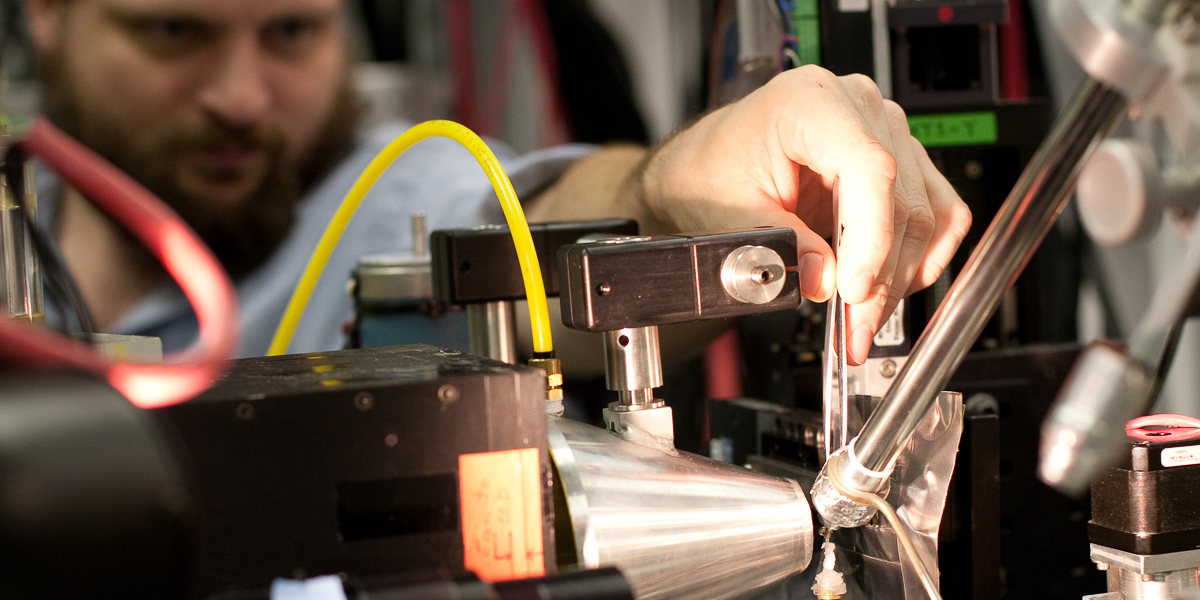
We are currently developing micro-diffraction capabilities that will allow examination of ordered structures in regions as small as 1 x 0.2 μm2. Applications include, for example, mapping amyloid structures in brain tissues that may be associated with neurodegenerative disease and collagen arrangements in connective tissue that may be associated with a wide range of pathologies. Scanning diffraction imaging can be done with either the standard SAXS instrument, the Micro-SAXS camera or the Micro-WAXS instruments Samples can be either untreated, fixed, or freeze dried. The sample holders are mounted on a high-resolution X-Y stage (Newport ILS 50PP with 1 μm resolution and submicron accuracy) for raster scanning the sample. Sample movement and X-ray exposures are controlled with a custom python script that triggers the X-ray exposure at each data point with diffraction patterns collected on the modified Mar165 CCD detector. The sequence of tiff images may be analyzed by the Diffraction Imaging (DI) module of the BioCAT developed MuscleX data reduction package. The microdiffraction imaging instrument is currently under development and ot available for general users but can be made available through collaboration with BioCAT staff.
Useful References
- Yoshiharu Nishiyama, Masahisa Wada, B. Leif Hanson, Paul Langan, “Time-resolved X-ray diffraction microprobe studies of the conversion of cellulose I to ethylenediamine-cellulose I,” Cellulose 17 (4), 735-745 (2010). DOI: 10.1007/s10570-010-9415-9
- Eric C. Landahl, Olga Antipova, Angela Bongaarts, Raul Barrea, Robert Berry, Lester I. Binder, Thomas Irving, Joseph Orgel, Laurel Vana, Sarah E. Rice, “X-ray diffraction from intact tau aggregates in human brain tissue,” Nucl. Instrum. Methods A 649 (1), 184-187 (2011). DOI: 10.1016/j.nima.2011.01.059
- R.A. Barrea, O. Antipova, D. Gore, R. Heurich, M. Vukonich, N.G. Kujala, T.C. Irving, J.P.R.O. Orgel, “X-ray micro-diffraction studies on biological samples at the BioCAT Beamline 18-ID at the Advanced Photon Source,” J. Synchrotron Rad. 21 (5), 1200-1205 (2014). DOI: 10.1107/S1600577514012259